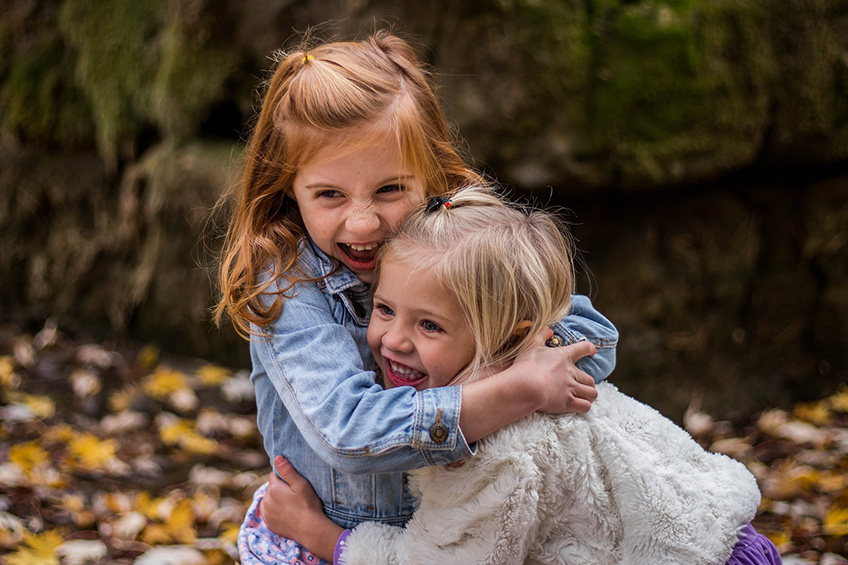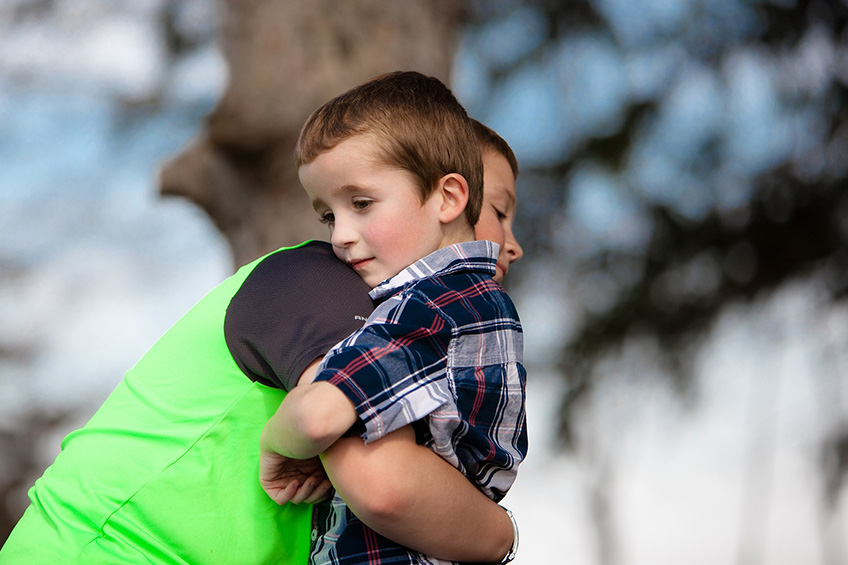
Students aren’t always going to get along, and conflicts are a normal part of childhood. In fact, learning how to resolve peer tension can teach many social skills, including empathy and sharing.
But when conflicts arise at school, they can be a huge disruption to all learners in the classroom. To move beyond the traditional conflict resolution techniques, here are some expert tips for instilling resolutions that really last.
Help Students Identify the Conflict
The first step toward helping students resolve a classroom conflict is to ensure they can identify it. The Inclusion Lab from Brookes Publishing suggests presenting students with a problem solving model.
Providing students with a handout, for example, can help students work through four key steps:
- identifying the problem,
- developing a plan,
- evaluating the plan
- and implementing it.
Responsive Classroom adds that teachers can also use conflicts as lessons. Let’s say students are arguing over seating or supplies at the beginning of the year. A teacher can seize this opportunity to define how conflicts are handled in the classroom, creating a more healthy classroom resolution strategy outright.
Self-Awareness Skills
Positive change organization Peace First says that a child’s self-awareness is critical for resolving conflicts. Using “I” statements can help students understand and articulate their feelings. Performing these exercises as a class and writing down answers on a sheet of paper can teach students to respect and validate the emotions of others.
Editor Melissa Dahl explains that self-affirmation can also make an apology more meaningful. “Taking a few minutes to indulge in a little self-affirmation could make the experience less painful, which would ultimately lead to a less defensive, more effective apology,” she writes.
Understanding Bullying
If bullying is the problem, you can help your students identify unhealthy bully behavior.
Anne O’ Brien, deputy director of the Learning First Alliance, explains that teachers can share videos about bullies and have students talk about the warning signs of a bully. This prepares students to become aware of this behavior in themselves and in others, and stop it before it gets out of hand.
To assess whether your students understand bullying, you may want to test them. Educator and author Signe Whitson has created an activity that asks students to identify the difference between rude, mean and bullying.
“It is important for all of us — teachers, school administrators, counselors, youth workers, parents, and kids — to properly distinguish between rude, mean, and bullying so that all know what to pay attention to and how best to intervene,” she adds.

Developing a Conflict Plan
When helping your students devise a conflict plan, it’s important to give them space. If you’re jumping in and telling them what to say, they won’t build essential conflict-resolution skills on their own.
Camp director Audrey Monke suggests creating a conflict resolution wheel for the classroom. The wheel includes conflict resolution ideas such as “go play with somebody else” “count to ten” and “walk away and cool off.”
These options sound simple, sure, but that doesn’t make them any less effective.
Communicate
A creative way to help students develop a plan for resolution is to make them talk it out. School 21, a UK-based school, incorporates oracy — developing skills with spoken language — into all lessons. Helping students put more intention behind their words makes them better at communicating their feelings, which in turn reduces misunderstandings.
Teach Win-Win
Mental health and wellness initiative KidsMatter says adults have a major impact on how students process and respond to conflict. That being said, coaching students how to achieve a win-win solution may be more effective than a compromise. With a win-win, everyone gets what they want without feeling as though they have to give something up, as in a traditional compromise.
Give Options
When helping students work through conflict, relationship-building expert Dr. Jane Bluestein says that clear, simple, non-binding options work best. When things are negotiable, children feel safe to be more creative. This builds their problem-solving abilities and teaches them to resolve conflict in their own way.
Another way to build problem-solving skills is through an interactive workshop, such as the one hosted by Soul Shoppe. The organization focuses on teaching responsibility and accountability in the classroom, and can be a helpful tool when you’ve exhausted your efforts and need a last resort.
Provide Examples
Providing healthy models of resolution and compromise can help your students achieve such concepts faster. U.S. News and World education writer Alexandra Pannoni suggests using history to prove the power of resolution. The U.S. Constitution, for example, demonstrates the immense power that well-planned words can have on the world, Pannoni writes.

Conflict Prevention
As you work to resolve conflicts among your students, you may also consider a proactive approach to improving interpersonal relationships.
This is known as the peaceable school approach, as described by The International Child and Youth Care Network. When all members of the school community adopt conflict-resolution skills, the entire school believe that “a diverse, nonviolent society is a realistic goal.”
To teach nonviolence and diversity acceptance, Andy Smithson of Tru Parenting recommends introducing children to differences. This, he adds, is a powerful way to help them understand the perspectives and emotions of others. It also allows children to be curious about the world and creates a sense of understanding — rather than fear — toward people and things that appear different.
Social Emotional Learning
An important aspect of conflict resolution is social emotional learning. SEL, according to the Committee for Children, involves learning how to manage strong emotions, control impulses and make responsible decisions.
According to Melissa Schlinger, vice president of programs and practice for the Collaborative for Academic, Social and Emotional Learning, social and emotional learning has been proven to enhance students’ behavioral responses, reduce conflict and improve overall academic performance.
To ensure adoption of social and emotional learning in your classroom, it’s important to get the entire school on board. According to Maurice Elias, program co-director at the Rutgers Academy for Social and Emotional Learning, schools often fail to embody the values they define. When school leaders don’t adopt and promote social and emotional skills, children receive a fragmented idea of how they should act.
Alternatively, Elias adds that articulating values schoolwide helps align them. “The key to implementing sustained SEL is the capacity to integrate it into whatever standards, rubrics, and mandates come along,” he says.
images by: Rudy and Peter Skitterians, Arek Socha, Amber MB


What do you think?